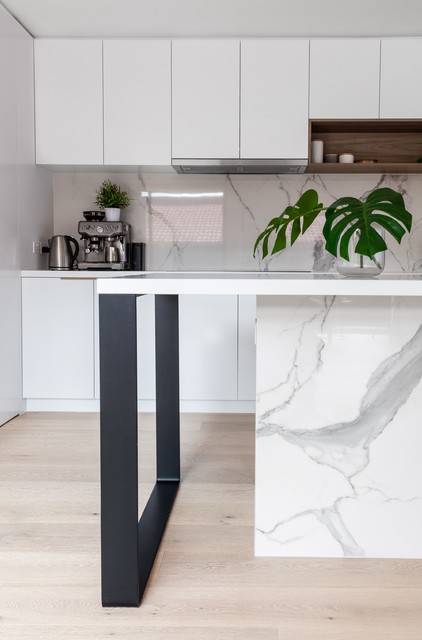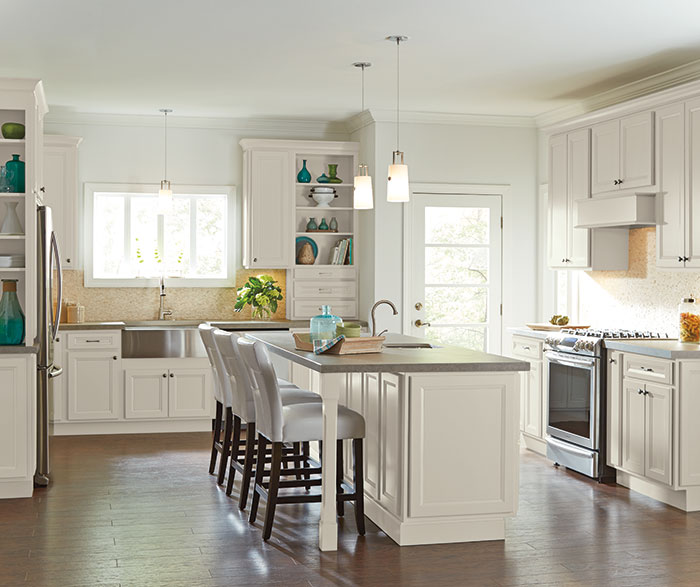Checking Out the Necessary Features of a Cooking Area Island Leg for Your Culinary Space
The kitchen area island works as a main hub in any kind of culinary area, and the option of leg design is crucial in boosting both its functionality and visual appeal. Comprehending the crucial functions of kitchen island legs-- consisting of product options, style styles, and security elements-- can dramatically impact the general experience within the cooking area. As we explore these components, we will certainly discover exactly how thoughtful personalization and accessories can elevate your cooking area island from a plain energy to a striking centerpiece. What specific considerations should be focused on to attain this balance?
Significance of Kitchen Island Legs
Cooking area island legs play a crucial duty in both the functionality and appearances of a cooking area space. They not just support the weight of the island however likewise improve the general layout, adding to the kitchen area's aesthetic charm. The selection of legs can dictate the style of the kitchen area, be it contemporary, traditional, or rustic.
Functionally, robust and appropriately created legs make certain stability, allowing for the safe use of the island for different jobs such as cooking, eating, or enjoyable. Strong legs protect against changing and wobbling, providing a reliable surface for daily activities.
In addition, the height and placement of the legs can influence the convenience degree for those seated at the island. A well-considered elevation can suit bar feceses or chairs, promoting a welcoming environment for gatherings.
In addition to these practical considerations, kitchen island legs can function as a prime focus in the area (kitchen island leg). Attractive or distinctly designed legs can elevate the design aesthetic, making the island a focal point. Thus, choosing the best kitchen area island legs is vital for balancing kind and function in any type of cooking room
Material Options for Legs
Selecting the suitable product for cooking area island legs considerably affects both durability and layout. Common product options include timber, steel, and stone, each offering unique benefits.
Timber is a prominent choice due to its warmth and convenience. It can be quickly tailored to match numerous decor designs, from rustic to contemporary. Hardwoods like oak and maple offer exceptional toughness and longevity, while softer timbers can be much more susceptible to deterioration.
Steel legs are favored for their streamlined, modern-day visual. kitchen island leg. Stainless steel and aluminum are not only robust yet additionally immune to corrosion and rust, making them ideal for kitchen area settings. They can produce a commercial look and are typically readily available in different coatings to complement other cooking area aspects
Rock legs, such as granite or marble, add an aspect of deluxe and stability. While much heavier than various other materials, they use extraordinary durability and can stand up to significant weight. They might need additional assistance to ensure correct equilibrium.
Eventually, the choice of material should align with both functional requirements and the overall design vision of the kitchen space, guaranteeing that the island legs improve both energy and looks.
Layout Styles to Take Into Consideration
What layout styles should be taken into consideration when choosing legs for a kitchen island? The option of leg design significantly influences the overall visual of your culinary area. For a contemporary kitchen, minimalistic and sleek leg styles, such as stainless steel or geometric shapes, can boost the contemporary allure, supplying a clean and clean look.
On the other hand, navigate to these guys typical kitchen areas gain from traditional designs such as turned or carved wood legs, which include warmth and character. These choices frequently include intricate information that match vintage furnishings. For a rustic setting, consider legs made from recovered timber or functioned iron, which bring an organic, earthy top quality to the space.
If you lean towards an industrial motif, durable metal legs with a distressed coating might be excellent, providing an edgy yet advanced touch. In addition, farmhouse design kitchens can incorporate chunky legs that evoke a feeling of sturdiness and homeliness.

Elevation and Stability Variables
The height and security of a kitchen area island are crucial aspects that directly affect its capability and user experience. An excellent cooking area island leg must offer enough height to accommodate a variety of jobs, from food preparation to informal eating. Usually, kitchen islands stand in between 36 to 42 inches tall, aligning with typical counter and bar elevations. This variety guarantees comfort for customers while doing various activities, thus improving useful source the general use of the room.
Stability is equally vital, particularly as kitchen islands commonly visit the website offer as focal points in cooking atmospheres. The leg's attachment to the island's base have to be safe, guaranteeing longevity and strength against the wear and tear of day-to-day use.
Modification and Devices
Customization alternatives and accessories for cooking area island legs can considerably improve both the visual charm and functionality of the area. Property owners can pick from a range of products, including timber, rock, and metal, permitting seamless assimilation with existing kitchen area design. The selection of surface-- be it an all-natural discolor, paint, or powder coating-- more personalizes the appearance, ensuring that the island matches the overall layout motif.
In addition to material and surface, property owners may likewise explore the incorporation of accessories such as decorative braces, flexible feet, or integrated shelving. Brackets can use added assistance while adding to a contemporary or rustic aesthetic. Adjustable feet are specifically valuable for irregular floor covering, making sure the island stays steady and degree, which is important for both safety and security and functionality.

Conclusion
In final thought, kitchen area island legs offer a critical role in offering security and boosting the total aesthetic of the cooking space. Customization options and accessories can raise the cooking area island, making it a distinct focal factor within the home.
The kitchen area island offers as a main center in any type of culinary space, and the choice of leg design is crucial in boosting both its capability and visual appeal. Understanding the essential features of cooking area island legs-- consisting of material choices, design styles, and security variables-- can dramatically affect the overall experience within the kitchen.Cooking area island legs play a critical function in both the functionality and looks of a kitchen area room.What style styles should be considered when picking legs for a kitchen area island?In conclusion, cooking area island legs serve a crucial duty in offering stability and improving the overall visual of the culinary area.